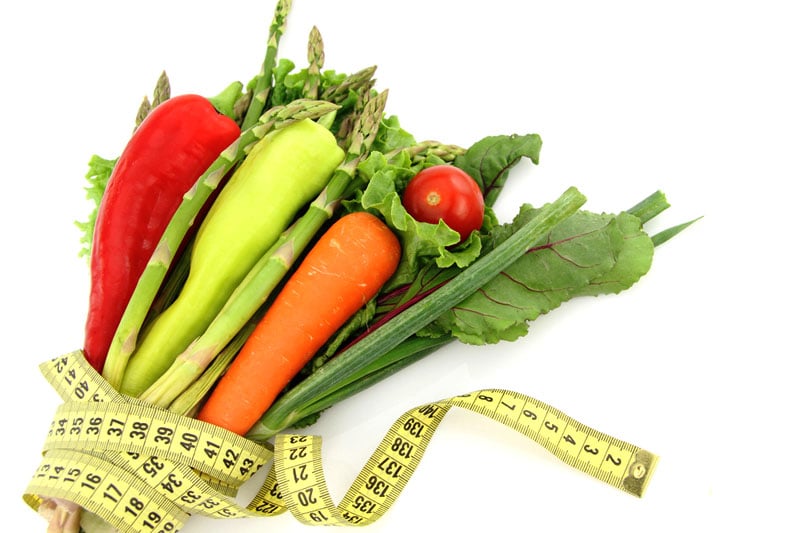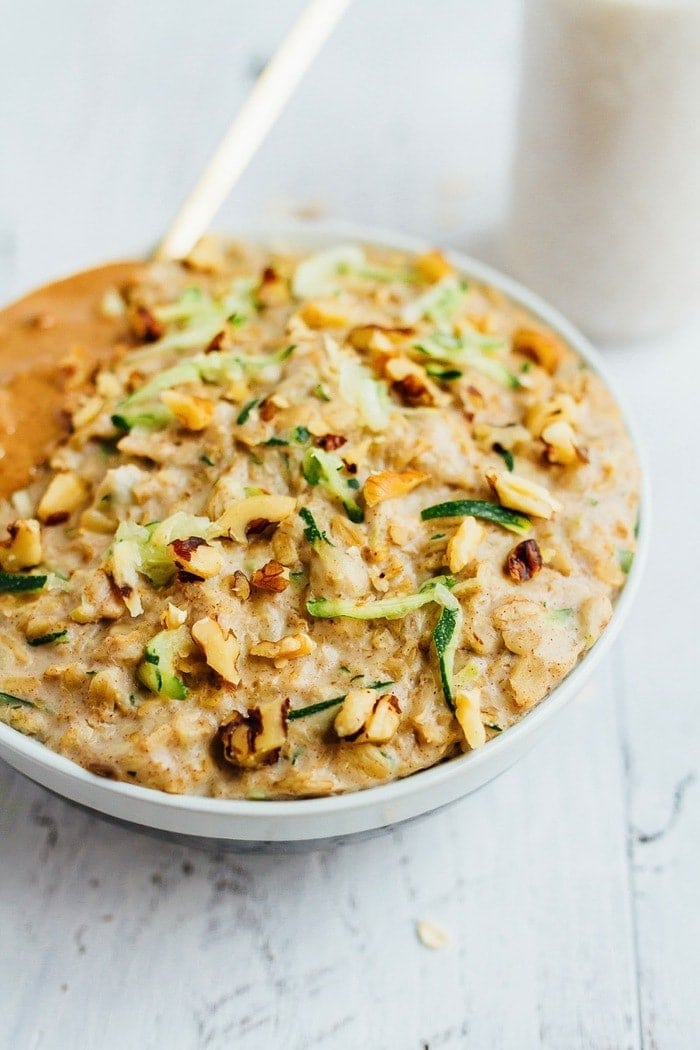Vegetables: More Bang for Your Buck
August 7, 2018
Becoming a dietitian has led me to develop a long-lasting, supportive relationship…. with vegetables. After four years of studying nutrition, how could I not swoon over some of the earth’s most nutritious fruit? From early on, when I learned about what veggies are actually made of (vitamins, minerals, fiber*, phytonutrients**, antioxidants***), to a point where I have actually experienced a difference from increasing my intake of vegetables, I’m here to tell you: your parents knew what they were talking about when they told you to eat your veggies. Eating vegetables is not only so important for our health, but can also be a secret weapon for those looking to shrink their waistline and lose some weight.
EATING MORE vegetables can help you LOSE WEIGHT. What? How could this be so? Vegetables, especially the “non-starchy” category, have the lowest amount of calories per amount eaten. With a very high water and fiber content, they provide a lot of volume or “bulk,” so that you can eat what seems to be a large amount – without packing in hundreds of calories. Eating more vegetables fills up the stomach more than foods of other categories do because most other foods are more dense with calories per amount eaten.
So what’s the difference between “starchy” and “non-starchy?” Starchy vegetables have more sugar, thus more carbohydrates, and more calories. They still pack quite a bit of fiber, vitamins, minerals, and phytonutrients – but have less water, and less volume. Starchy vegetables include corn, potatoes, peas, parsnips, and yams. Non-starchy vegetables include leafy greens (spinach, kale, broccoli etc), peppers, carrots, tomatoes, sprouts, cucumbers, cauliflower, asparagus.
Thus, if you can eat more non-starchy vegetables, which pack lots of fiber and little calories, you are likely to stay more full for longer. A tip for working towards eating more vegetables is to aim for half of the plate at each meal to be filled with vegetables. This can be anything from mixed, steamed, roasted, or sautéed vegetables to salad. Be mindful of other ingredients added to the vegetables, such as sauces, oils, sugars, and dressings, which can pack on plentiful calories. The other half of the plate should include 1/4 plate of carbohydrates and 1/4 plate of protein.
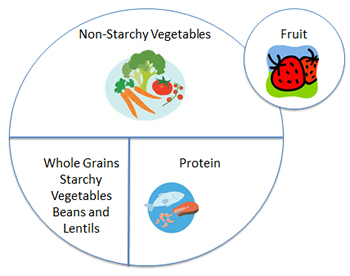
Image from Davis Sports Nutrition
Frozen and canned veggies work just as well as fresh, and even play a factor in making grocery shopping and storage more cost efficient. Just keep the previous statement about additives in mind.
What if you’re a picky eater? Or you’re bored with plain veggies? I have some recipes for adding or substituting vegetables into other foods such as oatmeal, smoothies, and pasta dishes that you will love. Try them out and let us know what you think!
Berry and Cauliflower Smoothie by Simple Roots
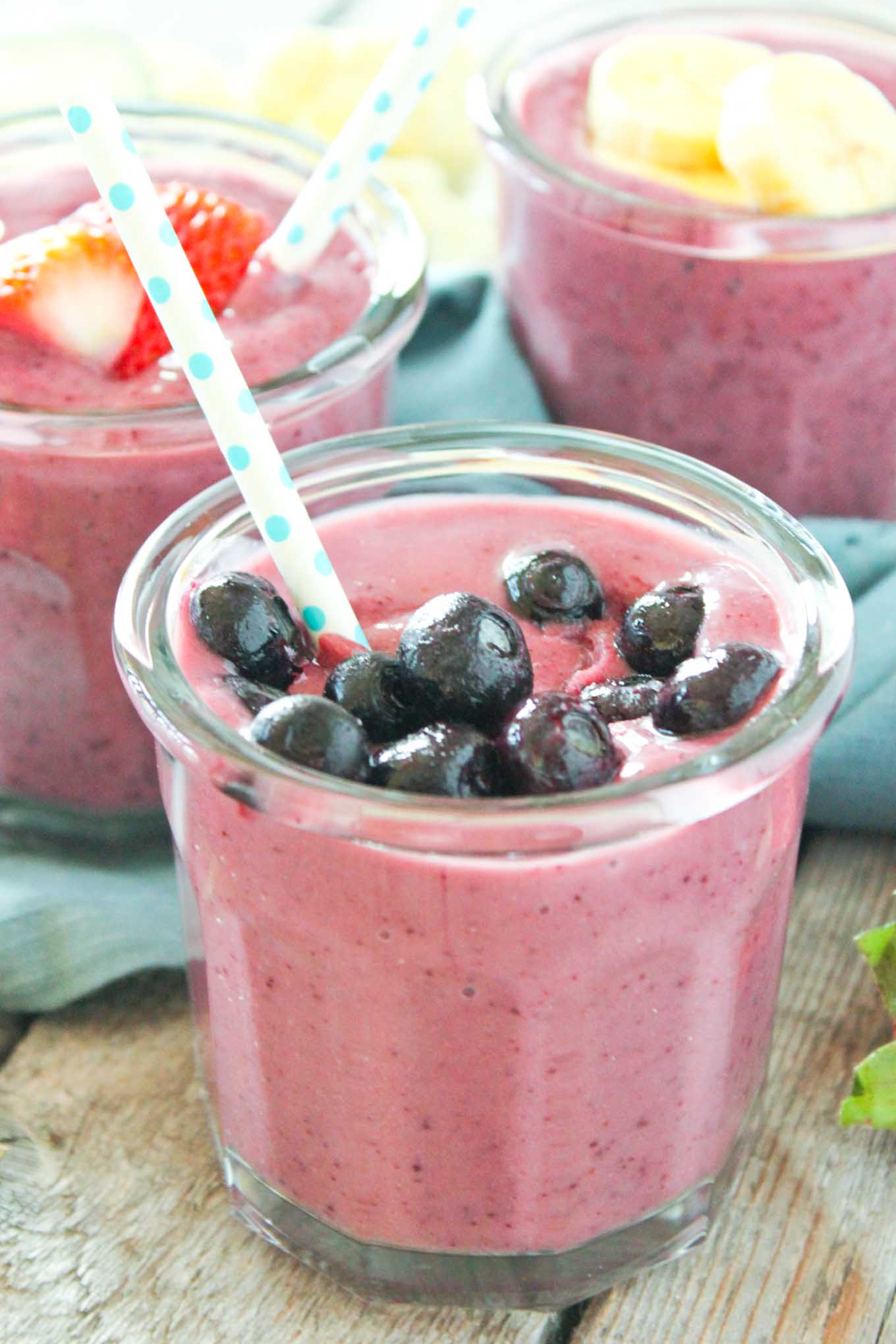
Spinach and Banana Super Smoothie by Hurry the Food Up

Zucchini Bread Oatmeal by Eating Bird Food
Chicken Pesto Paleo Spaghetti Squash by Paleo Running Momma
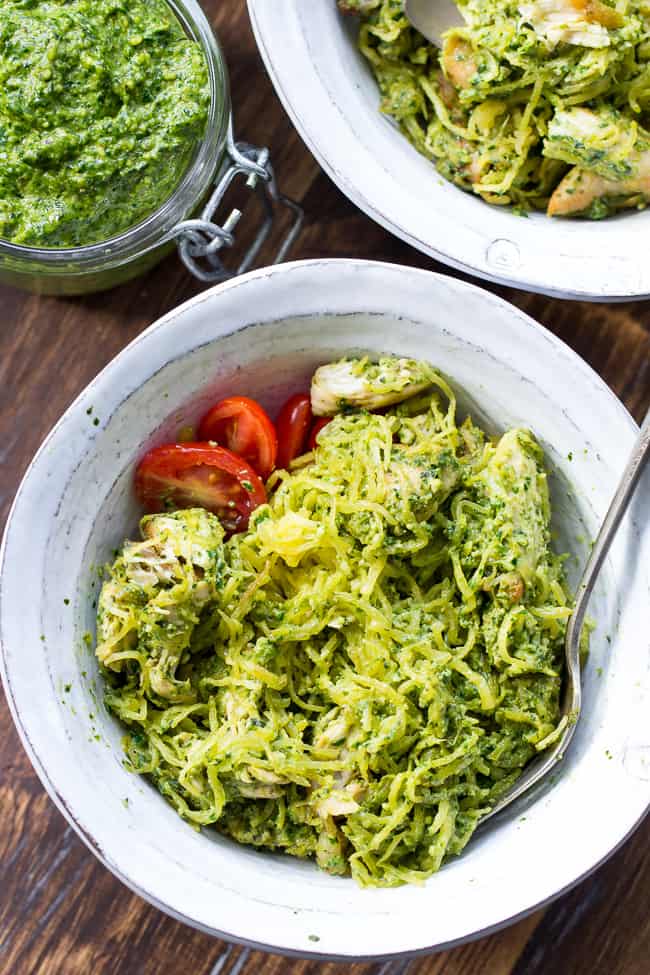
Cilantro Lime Shrimp Scampi with Zucchini Noodles by Closet Cooking
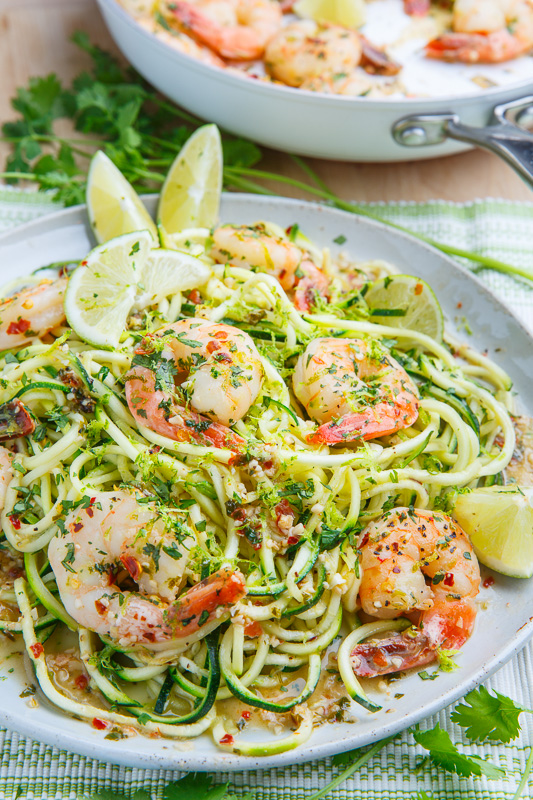
Noodle-free Pad Thai by Minimalist Baker

*fiber: carbohydrate that cannot be readily digested in the small intestine; interferes with absorption of dietary fat and cholesterol; speeds up movement of food and waste through digestive system; for more info click here.
*phytonutrients: compounds produced by plants that have different effects and venefits for the body; for more info click here.
***antioxidants: remove free radicals fro the body (which participate in unwanted side reactions that result in cell damage; more info here.
Subscribe to our newsletter
Get seasonal recipes, new trends in food and fitness, and dietitian jokes. There’s no spam, and you can unsubscribe at any time.

